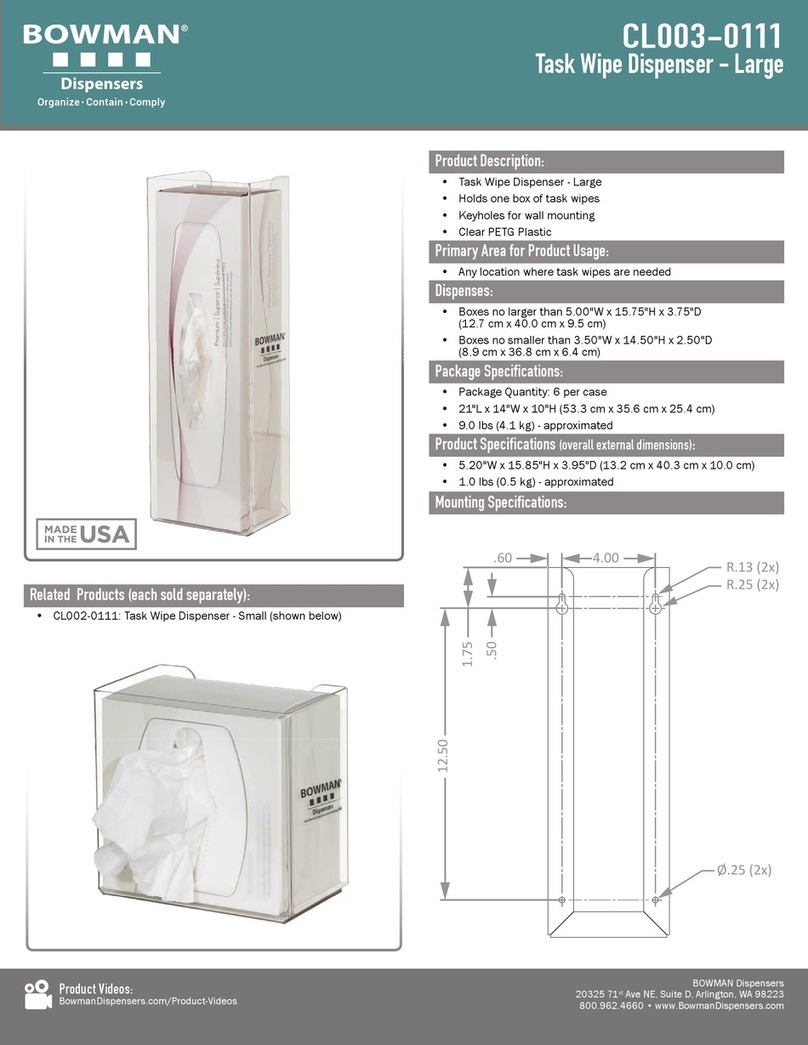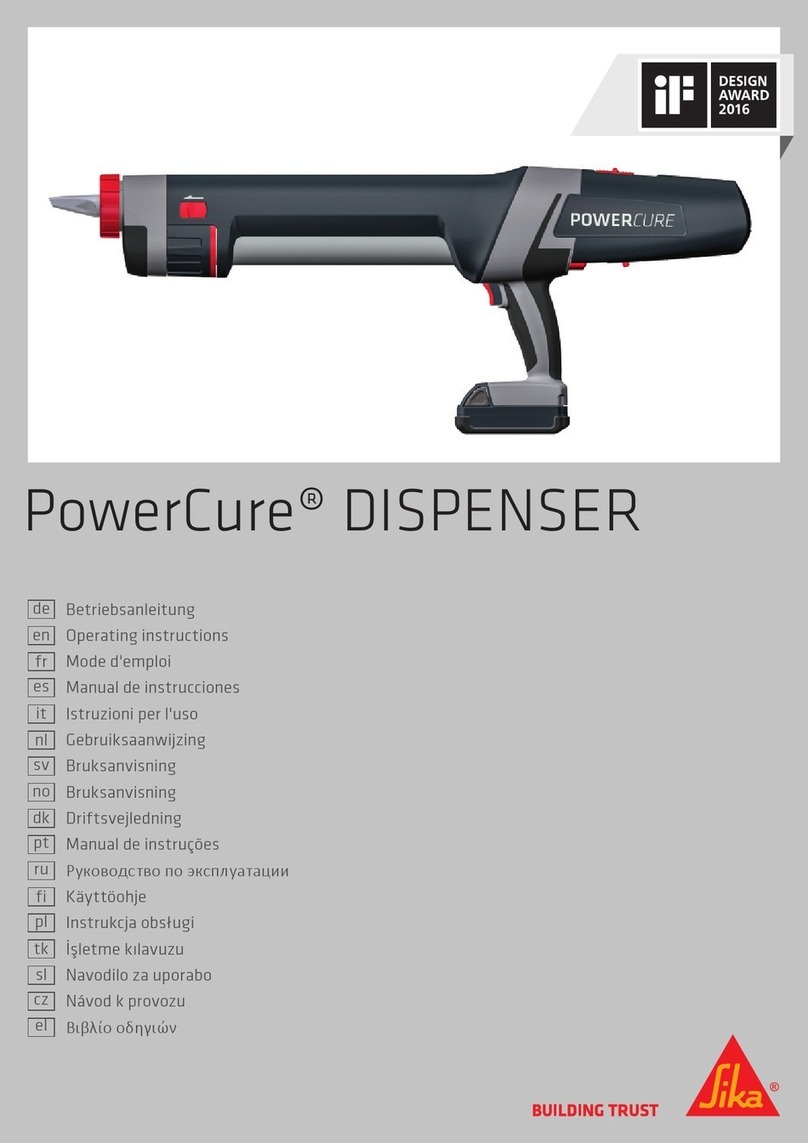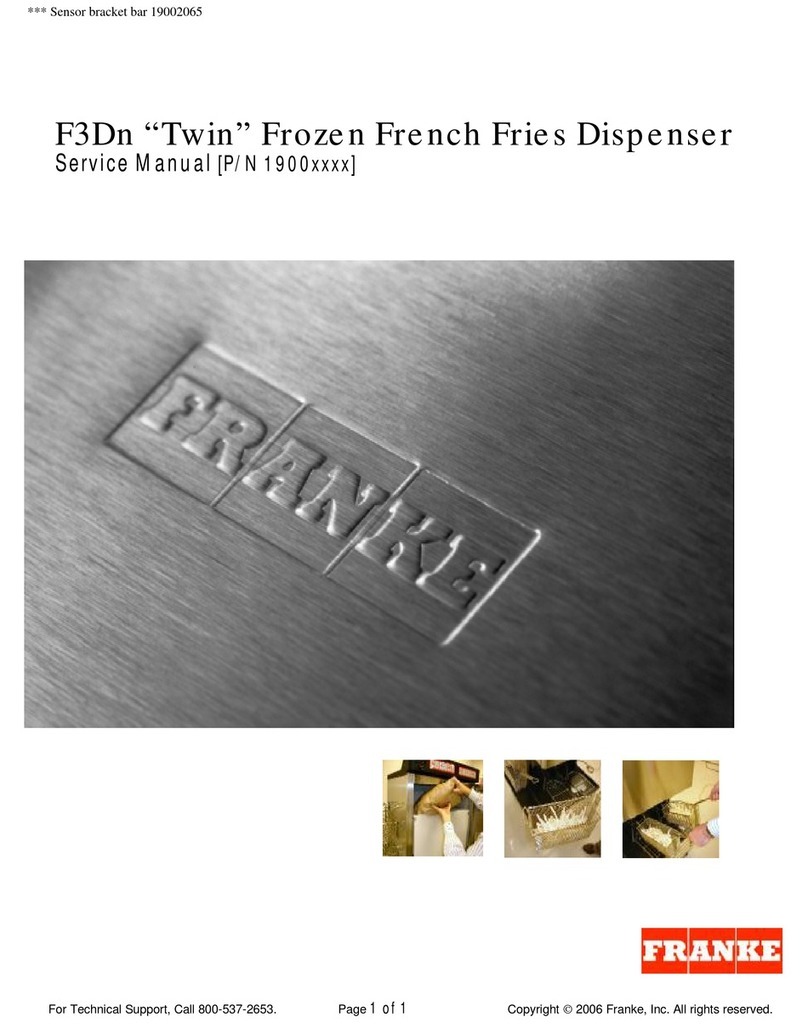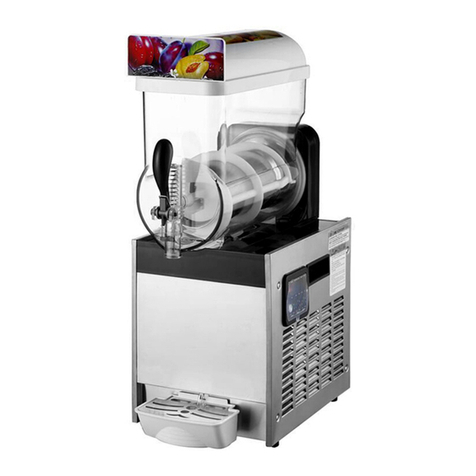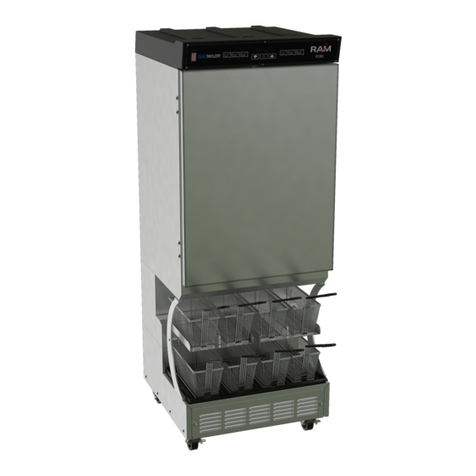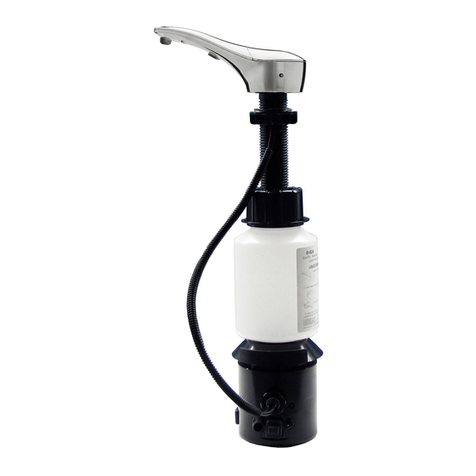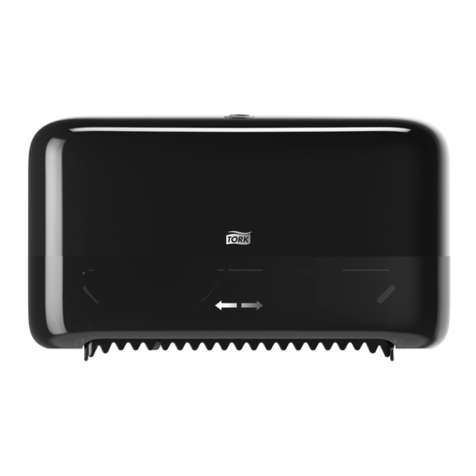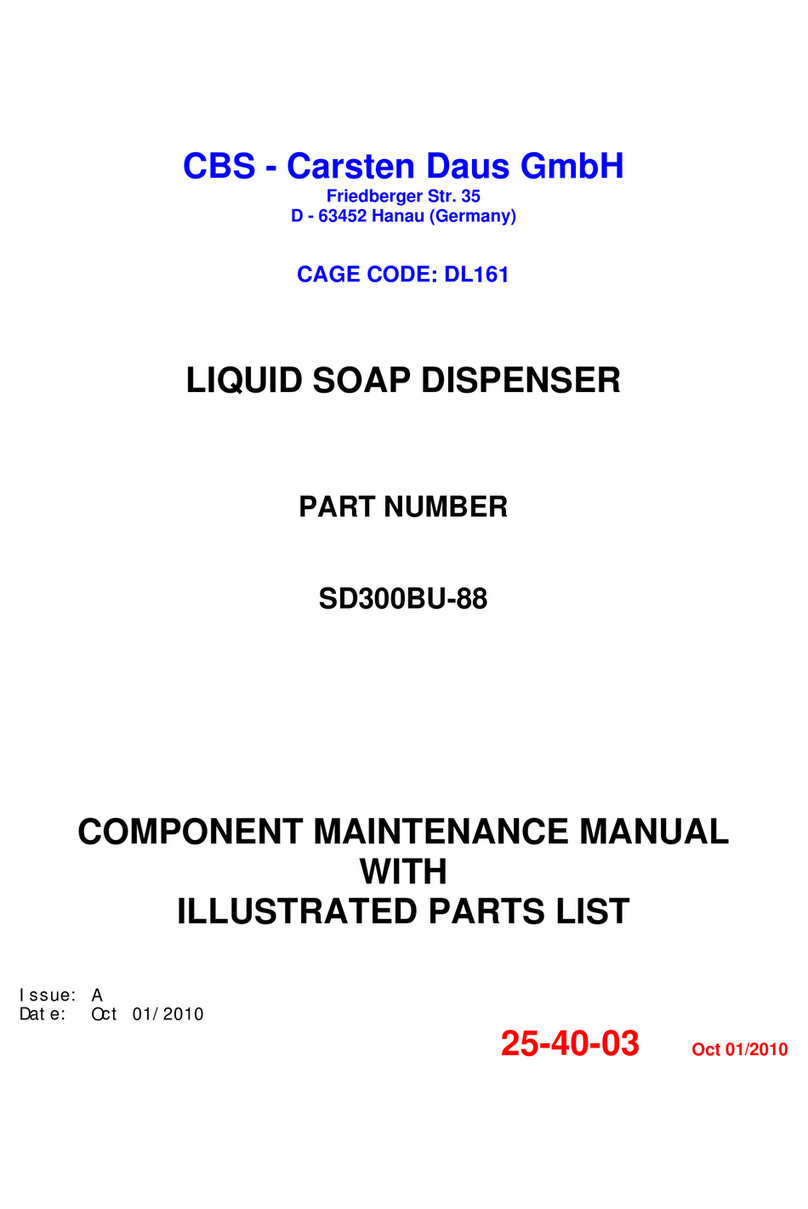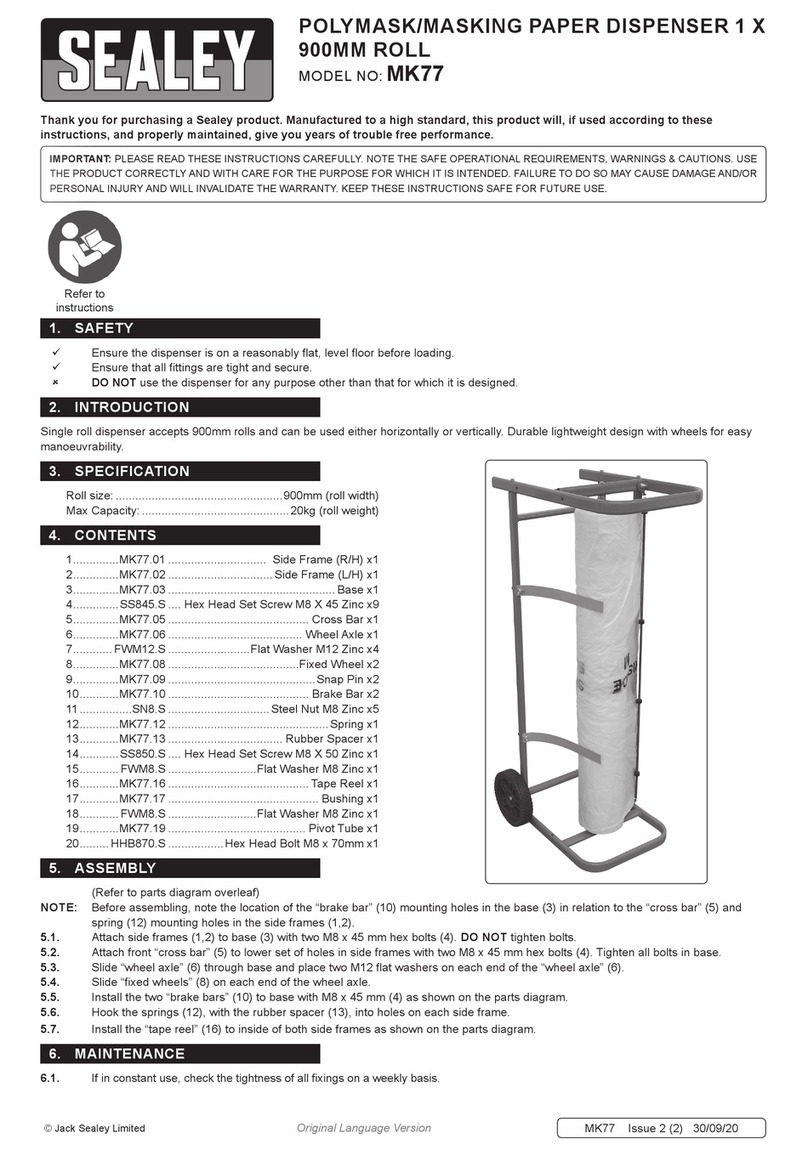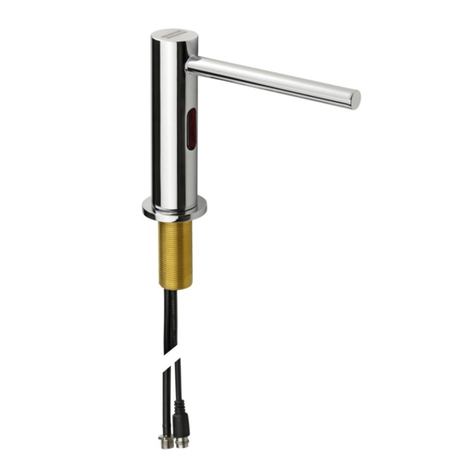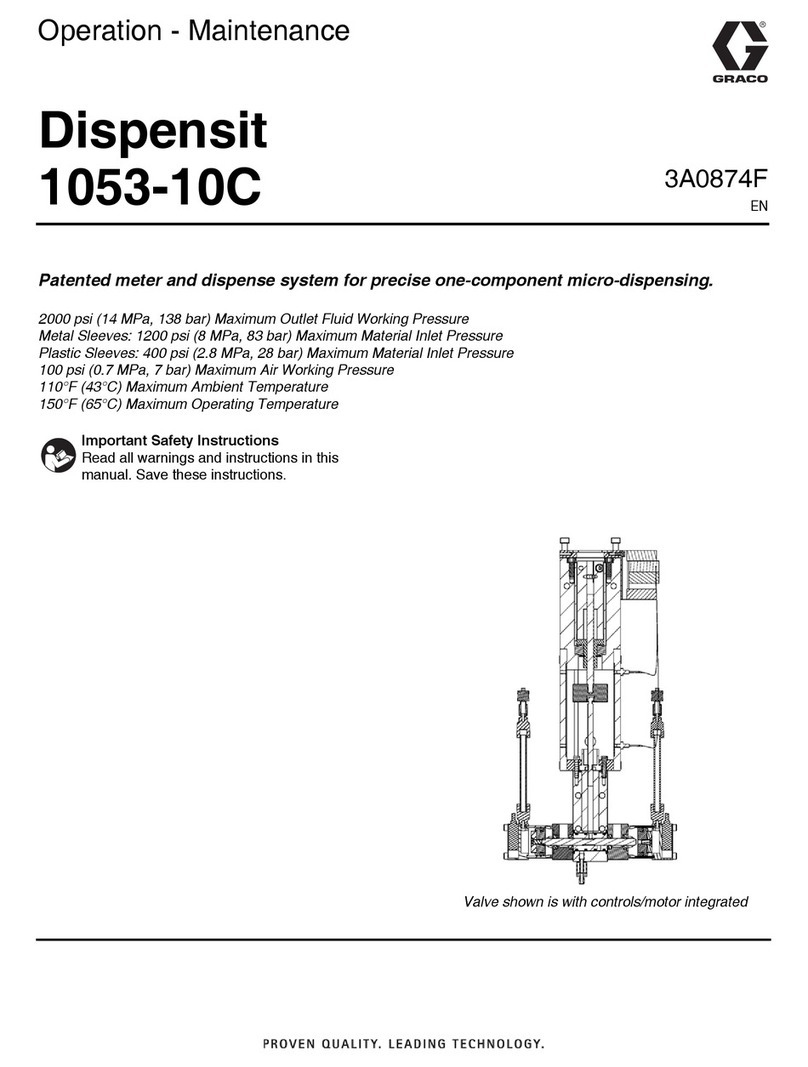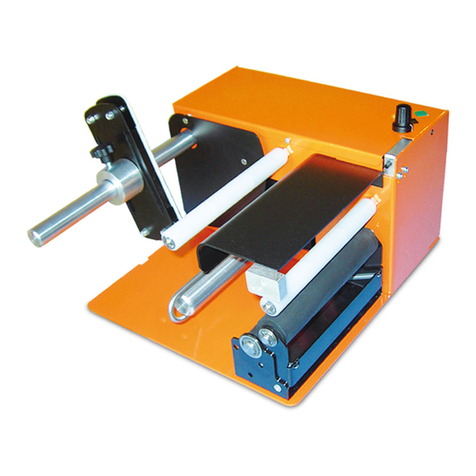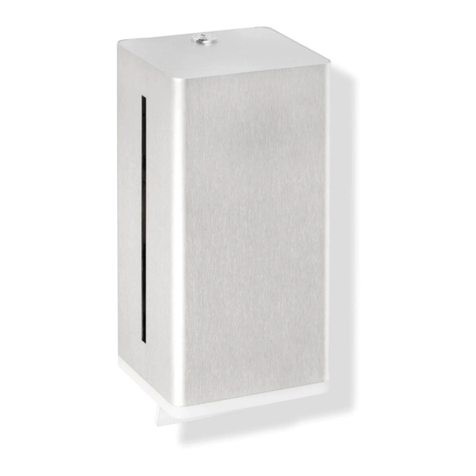
1
INTRODUCTION
This manual contains important information on the proper
installation, operation, and care of the RAM R200 Frozen
Food Dispenser. Following the instructions and
procedures in this document will ensure that your
Dispenser provides years of reliable service. If any
problems with the Dispenser arise, this manual will also
provide troubleshooting tips and service information.
UNPACKING AND INSTALLATION
Remove all packing material from the dispenser. Open
the cabinet door. Disassemble, clean, sanitize, and dry
the hopper and accumulator assemblies. Clean, sanitize,
and dry the fry baskets. (see "Disassembly, Defrost, and
Cleaning" on page 1-9). Reassemble all components
(see "Dispenser Assembly" on page 1-6) for startup and
operation).
The equipment must be installed by qualified personnel
in accordance with the manufacturer’s instructions. Local
electrical installation and safety regulations must be
observed. Before installing check that voltage and
frequency on the data plate match the electrical supply.
INTENDED USE
The Frozen Food Dispenser must only be used for the
temporary frozen storage and dispensing of non-meat
based food products at commercial restaurants and
similar locations. Any other use would be deemed as
inappropriate. The Dispenser is designed for installation
and use indoors in a restaurant environment protected
from weather, excessive heat, excessive humidity, and
salt air.
HAZARD COMMUNICATION STANDARD:
Hazard Communication Standard (HCS) procedures in
this manual may include the use of chemical products.
These chemical products will be highlighted with boldface
letters followed by the abbreviation (HCS) in the text of
the procedure. See the HCS Manual for the appropriate
Material Safety Data Sheets (MSDS).
FCC STATEMENT
WARNING: This equipment generates, uses, and can
radiate radio frequency energy and, if not installed and
used in accordance with the instruction manual, may
cause interference to radio communications.
EMC STATEMENT
This equipment meets EMC directives:
• EN 55014-1:2006 + A1:2009
• EN55014-2:1997 + A1:2001 + A2:2008
Category II
SPECIFICATIONS
Electrical Requirements:
Domestic:
• 120VAC., 60 Hz, 7.8A, 1 phase
International:
• 220 - 240VAC., 50 Hz, 4.6A, 1 phase
Internal Circuit Breaker:
•15A
Dimensions:
• 22.5 in. wide, 31 in. deep, 76.75 in. high
(57 cm x 79 cm x 195 cm)
Minimum Operating Clearance Shall be:
• 1 in. (2.6 cm) clearance on each side
• 2 in. (5 cm) clearance at the back
• Open to ceiling, minimum 24 in. (60 cm)
Weight:
• 339 lb. (154 kg)
Hopper Capacity:
• 42 lb. (19.05 kg), weight may vary with product.
Operating Temperature:
• 5°F to 0°F (-15°C to -18°C) (recommended
ambient operating temperature of 75°F (24°C))
• Climate Class= N
Refrigeration:
• Model R200: R-404A (12.5 oz.) (354.4 g)
• Model R200: R290 (5.15 oz) (146.0 g)
Maximum Operating Altitude & Safe Tilt:
• Maximum Altitude: 7,000 ft. (2,134 m),
Maximum Tilt = 10 degrees
Insulation Blowing Gas:
•H2O
Noise Emissions:
•< 70 dB (A)
